Introduction
Understanding Maltese Exercise Needs: Why regular activity is crucial for your Maltese’s health
- Discover how exercise benefits a Maltese’s physical and mental well-being
- Learn about the ideal types of exercise for maintaining your Maltese’s fitness
- Find out how much exercise your Maltese needs based on age and health
- Explore fun and engaging activities to keep your Maltese happy and active
- Tips for creating a balanced exercise routine that fits your Maltese’s lifestyle
1. Understanding Your Maltese’s Exercise Requirements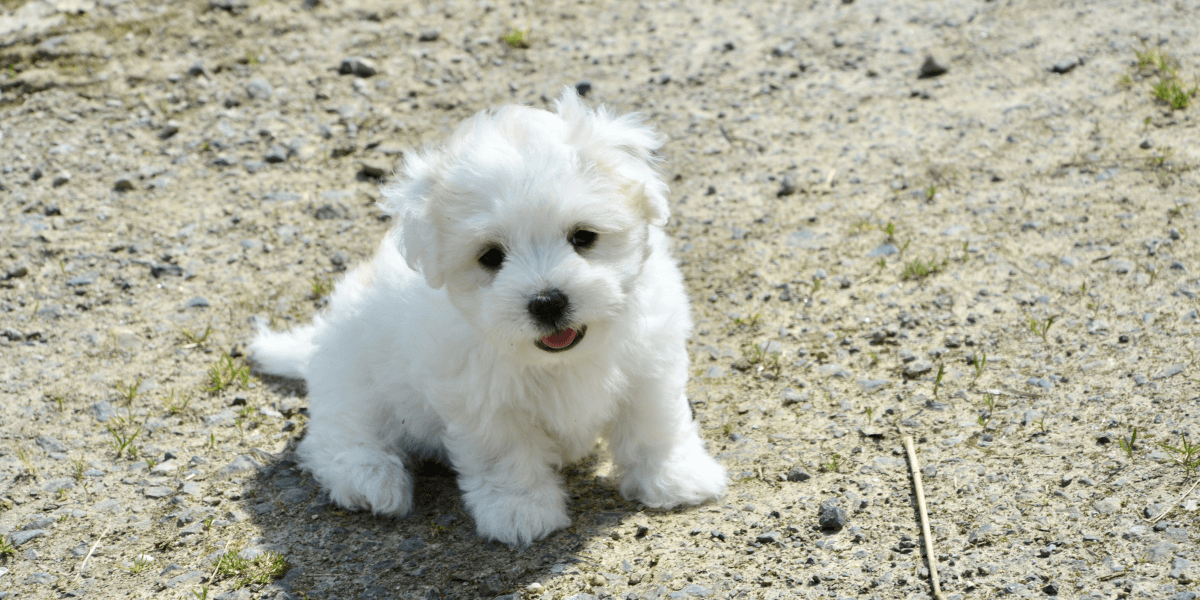
Here’s what you need to know:
- Daily Exercise Needs: Maltese dogs generally need about 30 minutes of exercise daily
- Types of Exercise: Engaging activities such as short walks, playtime in the yard
- Age and Health: Puppies and young Maltese may need more vigorous play
2. Creating an Exercise Routine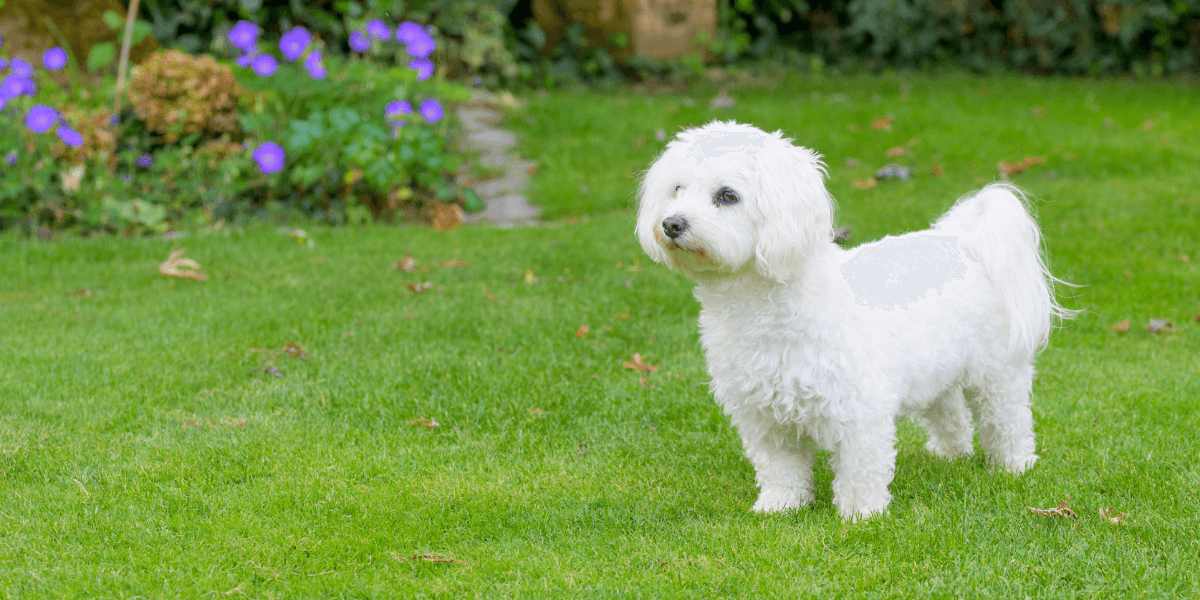
Establishing a consistent exercise routine is vital for your Maltese’s well-being.
- Daily Walks: Aim for two short walks per day, each lasting 10-15 minutes
- Playtime: Use toys like balls or squeaky toys to engage your Maltese
- Training Sessions: Use training sessions as an opportunity for mental and exercise
- Scheduled Breaks: Incorporate short breaks to prevent overexertion during play
- Mix Activities: Rotate different activities to keep your Maltese engaged
- Monitor Progress: Keep track of your Maltese's stamina and adjust the routine
3. Best Exercises for Your Maltese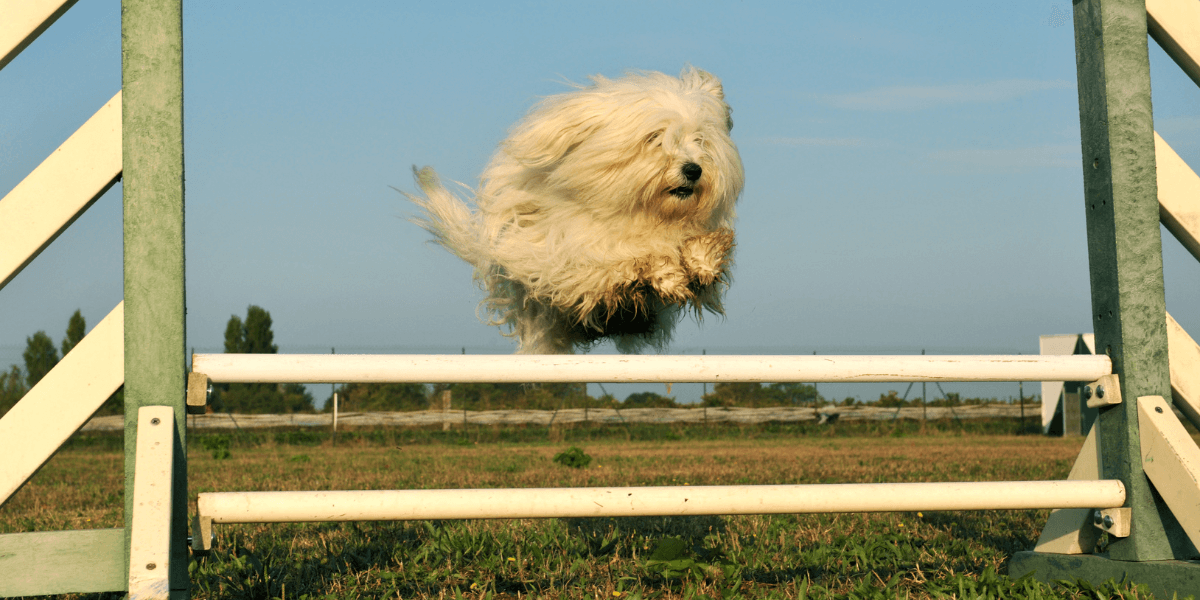
To keep your Maltese happy and healthy, consider the following exercises:
- Leash Walks: Ensure the leash is comfortable and allows for a natural stride
- Fetch and Tug-of-War: These games are great for burning off excess energy
- Hide and Seek: Engage your Maltese in a fun game of hide and seek
- Swimming: Supervised swimming sessions can be a low-impact exercise option
- Dance Routines: Teach simple dance moves for a fun and bonding exercise activity
- Obstacle Courses: Set up a mini obstacle course in your yard or home
4. Adjusting Exercise for Different Ages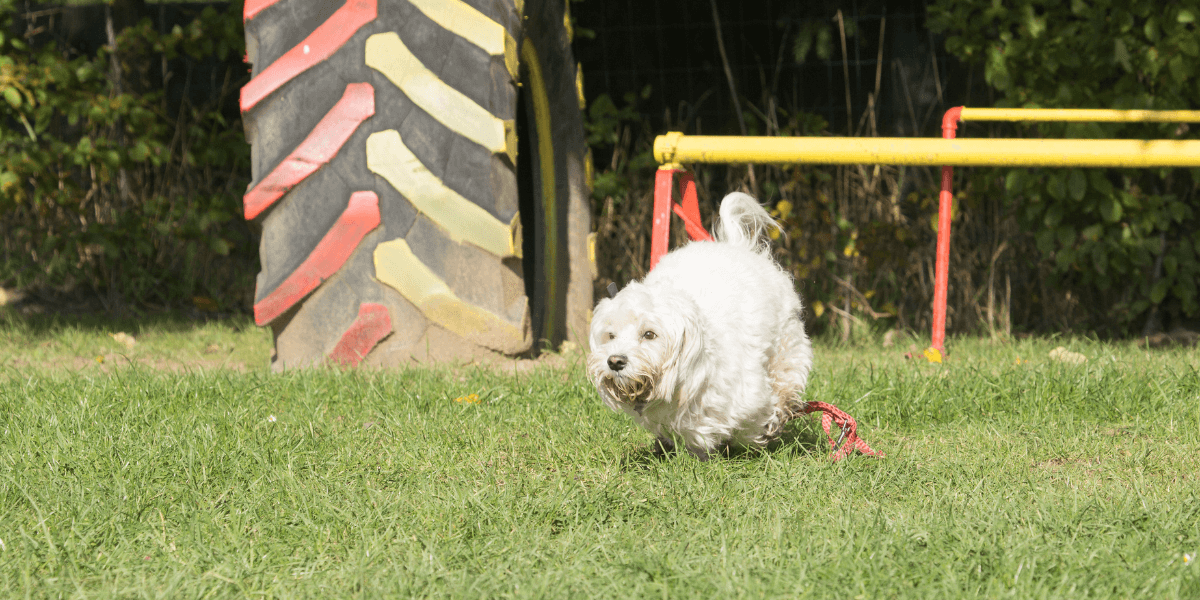
Your Maltese’s exercise needs can change with age, Here’s how to adjust:
- Puppies: Young Maltese have boundless energy and need plenty of playtime
- Adults: Maintain a regular routine with balanced physical and mental stimulation
- Seniors: Gentle walks and light play can keep them active without overexerting them
Learn how to adjust your Maltese's exercise routine to prevent joint issues similar to hip dysplasia in larger breeds.
5. Common Exercise Mistakes to Avoid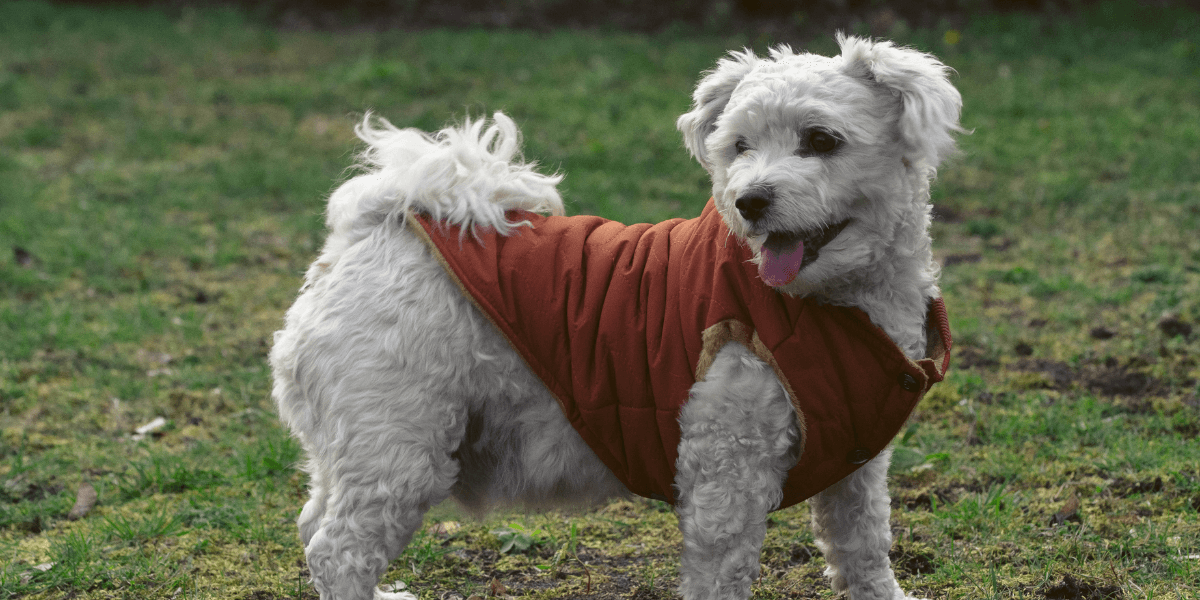
To ensure your Maltese gets the best exercise, avoid these common pitfalls:
- Overexertion: Avoid pushing your Maltese too hard, especially in hot weather
- Ignoring Injuries: Pay attention to limping or discomfort to prevent worsening injuries
- Inconsistent Schedules: Stick to a regular exercise routine to maintain your Maltese
- Mental Stimulation: Incorporate puzzle toys or training sessions to keep their mind active
- Skipping Routine: Skipping exercise sessions can lead to behavioral issues and weight gain
6. Incorporating Exercise into Your Maltese’s Daily Life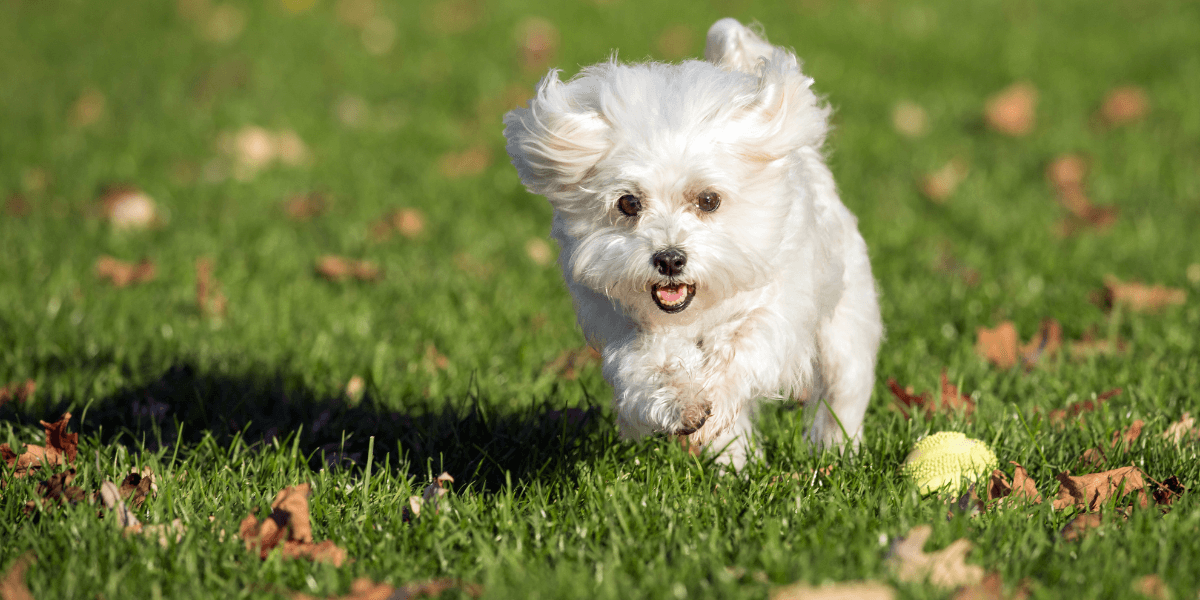
Making exercise a part of your Maltese’s daily routine can be fun and easy:
- Routine Integration: Incorporate short exercise sessions into your daily schedule
- Walks and Strolls: Regular walks help maintain fitness and provide mental stimulation
- Obstacle Courses: Set up mini obstacle courses for agility training and fun challenges
- Indoor Play: Create indoor games like fetch or tug-of-war for rainy days or hot weather
- Interactive Toys: Use toys that encourage physical activity, like treat-dispensing balls
- Socialization Opportunities: Arrange playdates with other dogs to provide additional social
Incorporate these training tips into your Maltese's daily exercise to raise a well-behaved companion.
7. Grooming and Exercise: What to Watch For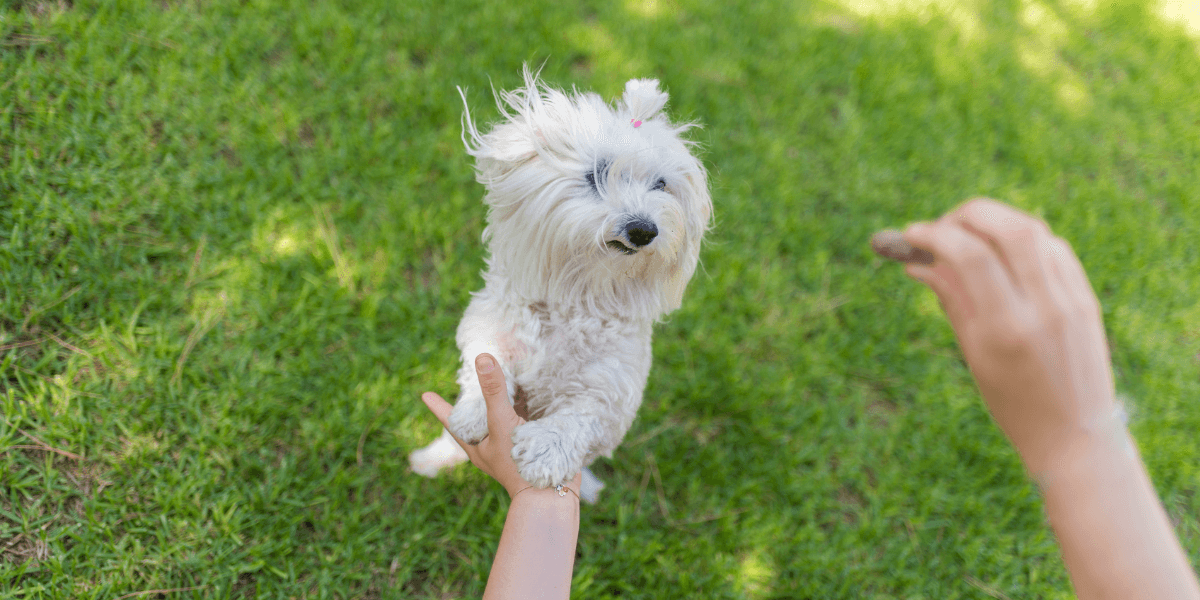
Exercise can impact your Maltese’s grooming needs, Here’s how to manage it:
- Coat Care: Regular exercise can lead to tangling or matting in their long coat
- Paw Care: After outdoor exercise, check their paws for debris or signs of wear
- Hydration and Cooling: Ensure your Maltese stays hydrated and cool during and after exercise
- Ear Maintenance: Check for moisture or debris that may cause infections
- Nail Trimming: Active play may wear nails down, but regular checks and trims are needed
- Teeth Cleaning: Exercise stimulates saliva, aiding dental health, but brushing is still vital
Discover grooming techniques to keep your Maltese looking their best, inspired by German Shepherd grooming practices.
FAQs
1. How much a Maltese exercise needs daily?
- A Maltese typically needs about 30 minutes of exercise per day
2. What are the best Maltese exercise needs?
- Playtime, short walks, and interactive toys are ideal
3. How can I tell if my Maltese is getting enough exercise?
- Watch for a healthy weight and balanced energy levels
4. What if my Maltese is not interested in exercise?
- Gradually introduce activities and make them fun with treats
5. Are there risks of over-exercising a Maltese?
- Yes, too much exercise can lead to joint issues; stick to recommended times
6. How do I adjust my Maltese’s exercise for different weather?
- Opt for indoor play or shorter walks in extreme temperatures
7. What are some signs of inadequate exercise in a Maltese?
- Signs include excessive barking, restlessness, or weight gain
Conclusion
- Meeting Maltese Exercise Needs, Recap on the importance of regular exercise
- Emphasize the benefits of a consistent exercise routine for your Maltese’s well-being
- Remember to adjust activities based on your Maltese’s age, health, and energy level
- Regular exercise promotes a healthier, happier Maltese and strengthens your bond
- Use the tips and activities discussed to create a customized exercise plan for your pet
Share your exercise tips and experiences in the comments below!
References
For more information on Maltese Exercise Needs, check:
- How Much Exercise Does a Maltese Need?
- Maltese Exercise Needs: For Your Miniature Maltese Puppy
- Best Exercises for Dogs with Hip and Joint Pain
- The Vet’s Guide to Maltese: Facts, Care, and Training Tips
- Dog Breeds Most Prone to Hip Dysplasia
Thank you!



